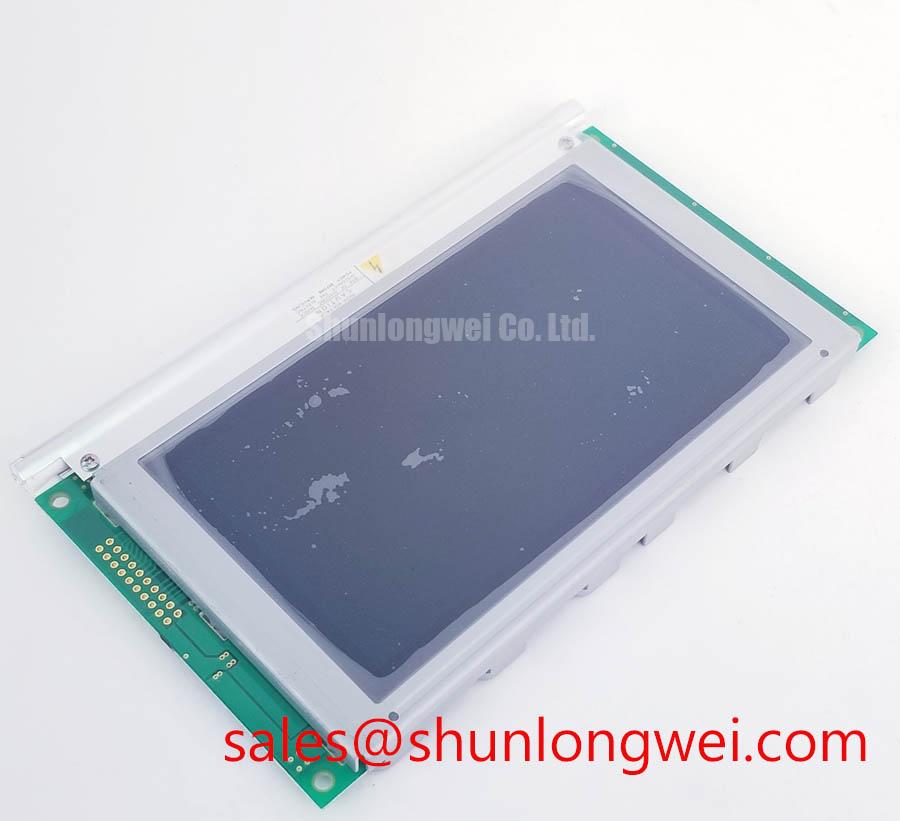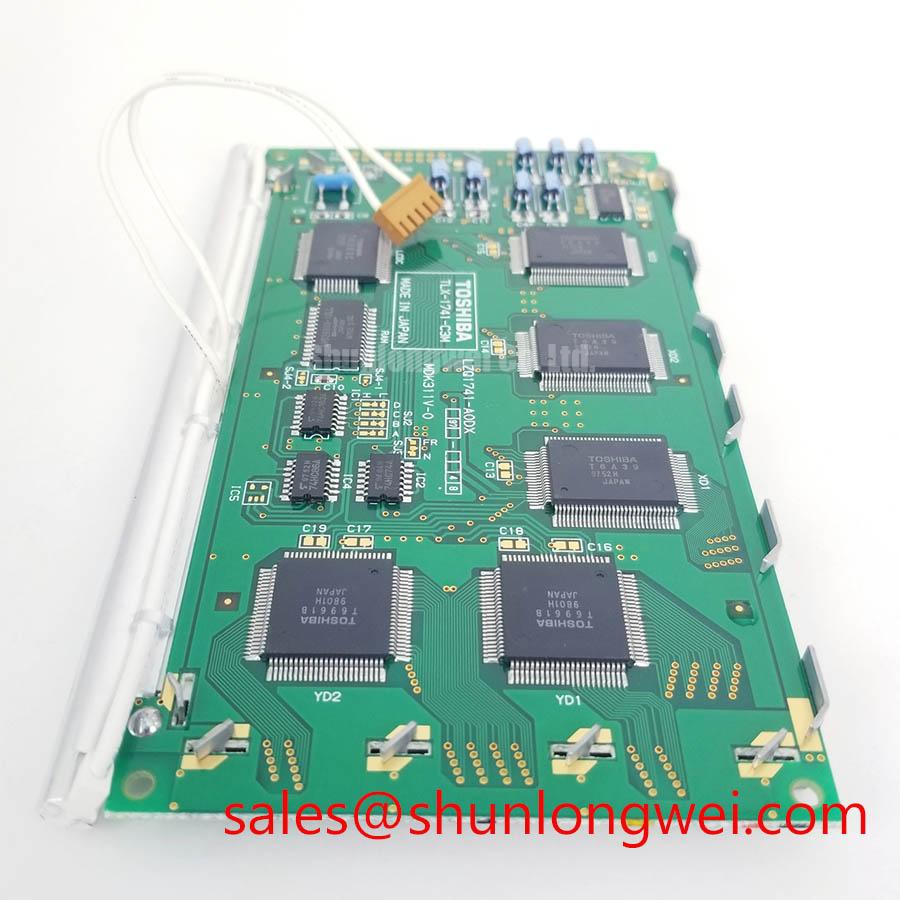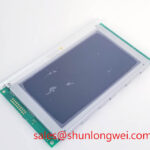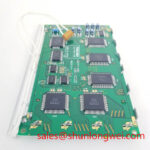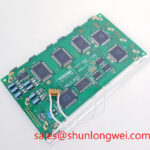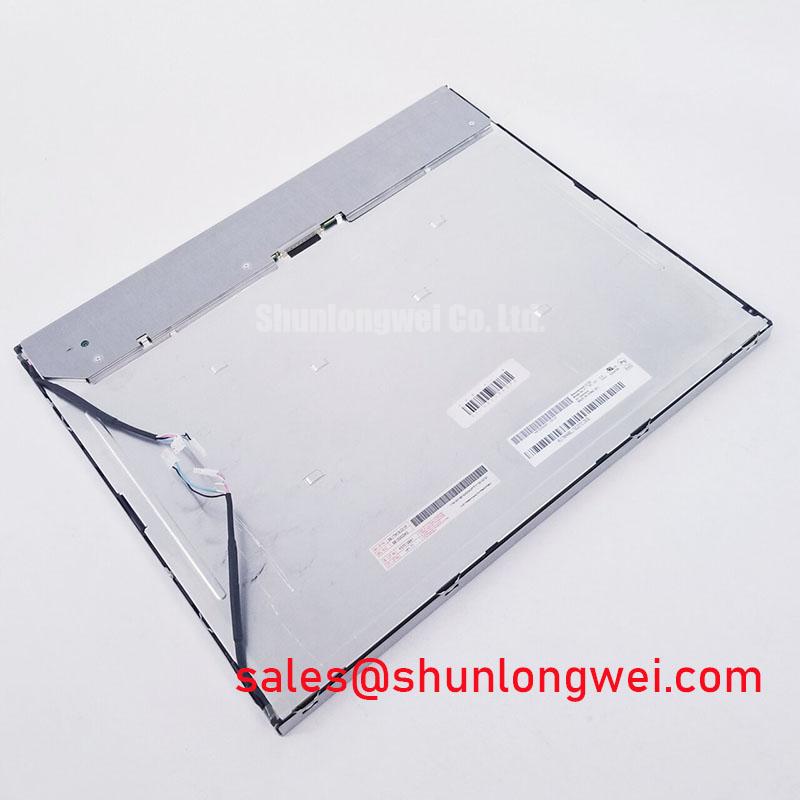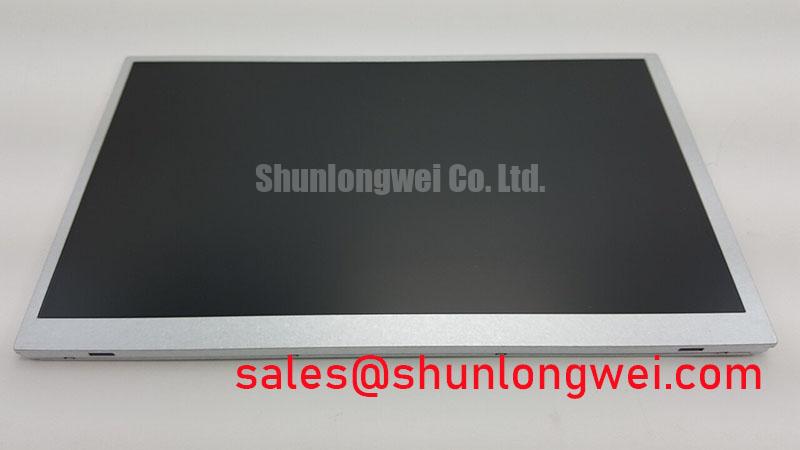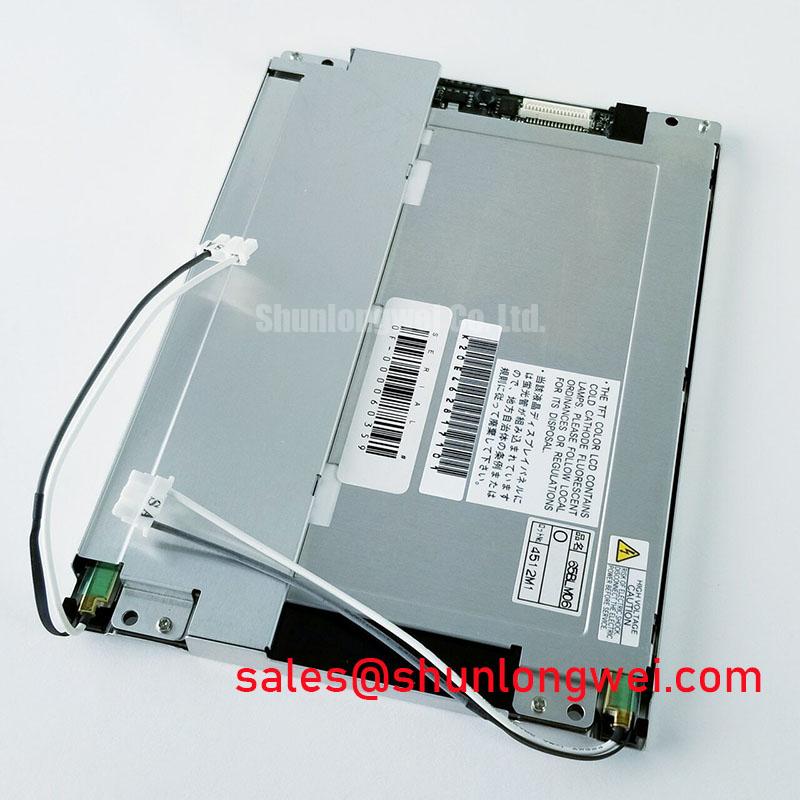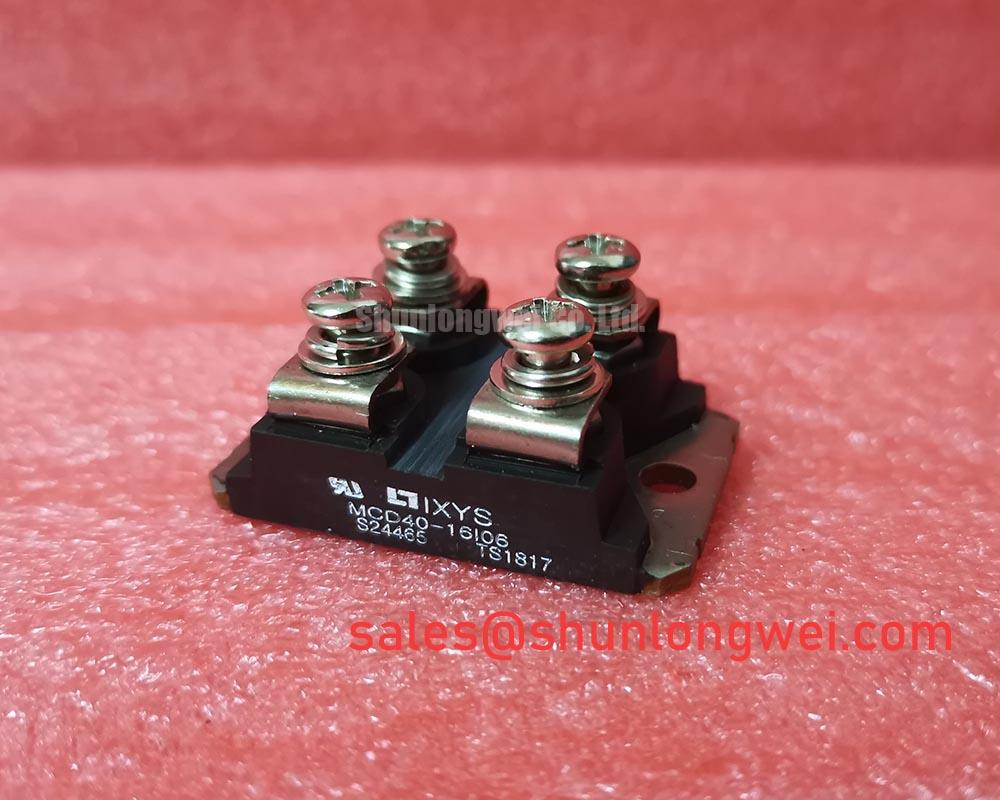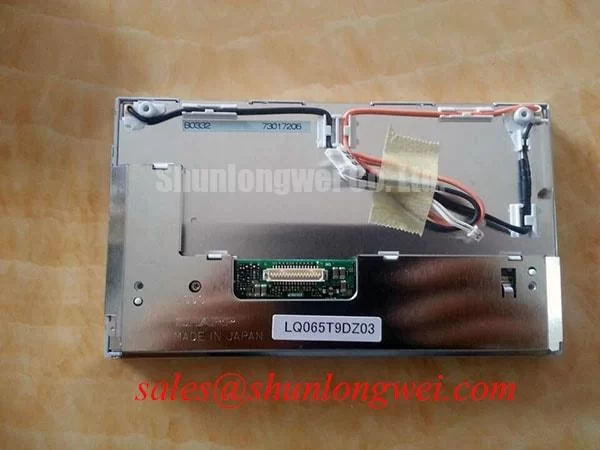Content last revised on October 25, 2025.
TLX-5071-C3M: A Toshiba Graphic LCD Module for Industrial HMIs
An Engineering Overview of a Classic Monochrome Display
The Toshiba TLX-5071-C3M is a graphic Liquid Crystal Display (LCD) module designed for embedding into a wide range of electronic equipment. This display provides a direct, high-contrast monochrome interface for applications where clear readability and operational longevity are primary design considerations. Engineered as a transmissive display, it relies on a backlight to deliver clear visuals across various indoor and controlled lighting environments. Best suited for legacy systems or new designs requiring a robust, straightforward graphical output, the TLX-5071-C3M serves as a fundamental building block for visual information delivery in non-consumer hardware.
Application Scenarios & Value
System-Level Benefits for Compact Control Interfaces
Monochrome graphic displays like the Toshiba TLX-5071-C3M are foundational components in human-machine interfaces (HMIs) where the immediate presentation of critical data, waveforms, or schematic information is paramount. The primary engineering value lies in its straightforward integration. For system designers, this type of display simplifies the development of interfaces for industrial control panels, medical monitoring devices, and test and measurement equipment. The challenge in these applications is often maintaining readability and reliability over years of service. A component like the TLX-5071-C3M addresses this by providing a stable, proven technology path for displaying essential operational parameters without the complexity of a full-color, high-resolution screen. While this module provides a dedicated monochrome solution, for systems that require a color interface and higher pixel density, an alternative like the KCG057QV1DB-G000 offers a full QVGA resolution.
Key Parameter Overview
Decoding the Specs for Seamless System Integration
The available data for the TLX-5071-C3M is limited. The following table highlights the key established specifications. Engineers are advised to verify all parameters through direct testing for their specific application, as an official datasheet is not widely available.
| Parameter | Value / Feature |
| Manufacturer | Toshiba |
| Part Number | TLX-5071-C3M |
| Display Technology | Monochrome Graphic LCD |
| Display Mode | Transmissive |
| Typical Resolution Class | This module family is commonly associated with resolutions such as 240x64 pixels. (Exact specification unconfirmed). |
| Typical Controller IC | Displays in this category frequently utilize controllers like the Toshiba T6963C or its compatibles, featuring an 8-bit parallel interface. (Specific controller for this module is unconfirmed). |
Frequently Asked Questions (FAQ)
What is the primary advantage of a transmissive display mode?
A transmissive display uses a backlight for illumination, making it highly readable in low-light and indoor conditions. Unlike reflective displays that depend on ambient light, its brightness and contrast are consistent, which is critical for industrial control panels and medical devices that must be viewable at all times.
What does "monochrome graphic LCD" mean for a system designer?
It means the display can show not just text but also simple graphics, icons, and waveforms pixel by pixel, but only in a single color (e.g., black on a green background, or dark blue on white). This is ideal for status displays, simple charts, and equipment menus where color is not necessary. What is the primary benefit of its graphic capability? It allows for a more intuitive user interface than a character-only display.
What are the typical drive requirements for a display of this type?
A module of this class typically requires a +5V logic supply for the controller and a separate, higher voltage AC source for its Cold Cathode Fluorescent Lamp (CCFL) backlight, which is driven by an external inverter. The interface is generally an 8-bit parallel bus, requiring multiple I/O lines from a host microcontroller.
How does the choice of controller impact system design?
The controller IC is the "brain" of the display. A common controller like the Toshiba T6963C dictates the command set for initializing the display, writing text, and drawing graphics. Its built-in character ROM and graphic memory management simplify programming, but the design engineer must use the specific command structure detailed in the controller's datasheet. For more on display technologies, see this guide to TFT-LCDs.
Strategic Considerations for Implementation
Integrating the Toshiba TLX-5071-C3M is a strategic choice for extending the life of existing product lines or for new designs that value robustness over cutting-edge features. Its proven technology offers a predictable and reliable performance profile, which is a significant asset in industries with long certification cycles and high reliability standards. For procurement and engineering teams, sourcing such components supports long-term product maintenance and avoids costly redesigns associated with the obsolescence of more complex, consumer-grade displays.

